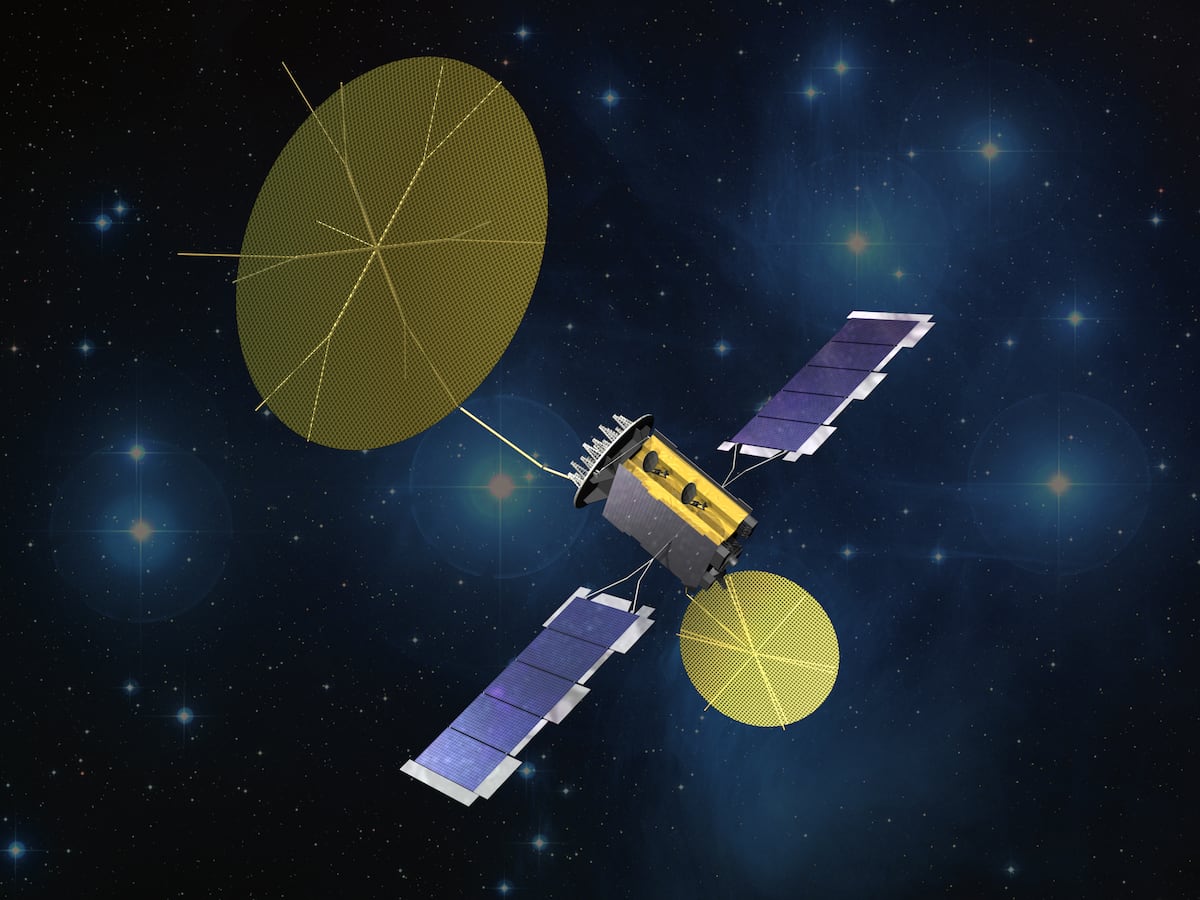The U.S. Space Force saw a sixfold increase in demand for foreign military sales over the last year – growth that the service attributes to the increasingly important role space systems play in economic and national security worldwide.
Space Systems Command’s FMS division saw a 500% increase in requests between 2023 and 2024. The service last week finalized its largest FMS agreement to date — a $126 million deal with the Canadian Armed Forces that will give the country access to the U.S. Space Force’s Mobile User Objective System, a satellite fleet capable of providing ultra-high frequency satellite communications to troops operating during bad weather and in challenging terrain.
According to Deanna Ryals, director of international affairs for the service, that increased interest spans a range of satellites and sensors. And it comes as the U.S. is taking a more forward-leaning posture toward exporting space capabilities to other countries.
“As nations have started to prioritize space as a national need or a national capability that they want to invest in, many nations do not have their own industrial base for space yet,” Ryals told reporters in a briefing at SSC’s Space Industry Days conference in Los Angeles. “People are starting to see the advantage of military space and commercial space, and that drives the need for having a way to buy it.”
The U.S. has traditionally kept a tight hold on its sovereign space systems, sharing technology and hardware only with a select few partners due to security concerns. But as space-enabled technologies like GPS and satellite communications play an increasingly prominent role in everyday life, Ryals said, it’s harder to make a case against allowing friendly nations to access American-made systems.
With that demand in mind, the service is working closely with the Air Force’s international affairs office to improve the FMS process. Earlier this year, the Air Force unveiled a Space Technology and Resources baseline, which provides a list of capabilities within each mission area that are approved for export. The list includes everything from satellites and ground radars to sensors to component technologies like cameras or mirrors.
Having that document — which was created with input from her office and is being updated with input from industry partners — helps streamline the sales process, Ryals said.
“If we’ve got some capabilities that we know we’re ready to put out there for sale or for export, having that assessment done ahead of time that these are assets that we’re going to sell makes it a lot easier,” she said.
Courtney Albon is C4ISRNET’s space and emerging technology reporter. She has covered the U.S. military since 2012, with a focus on the Air Force and Space Force. She has reported on some of the Defense Department’s most significant acquisition, budget and policy challenges.
Read the full article here







